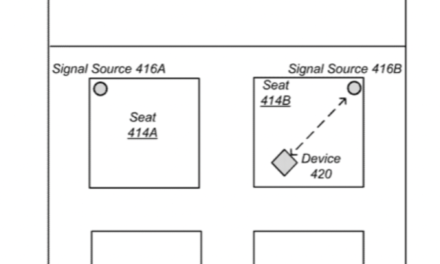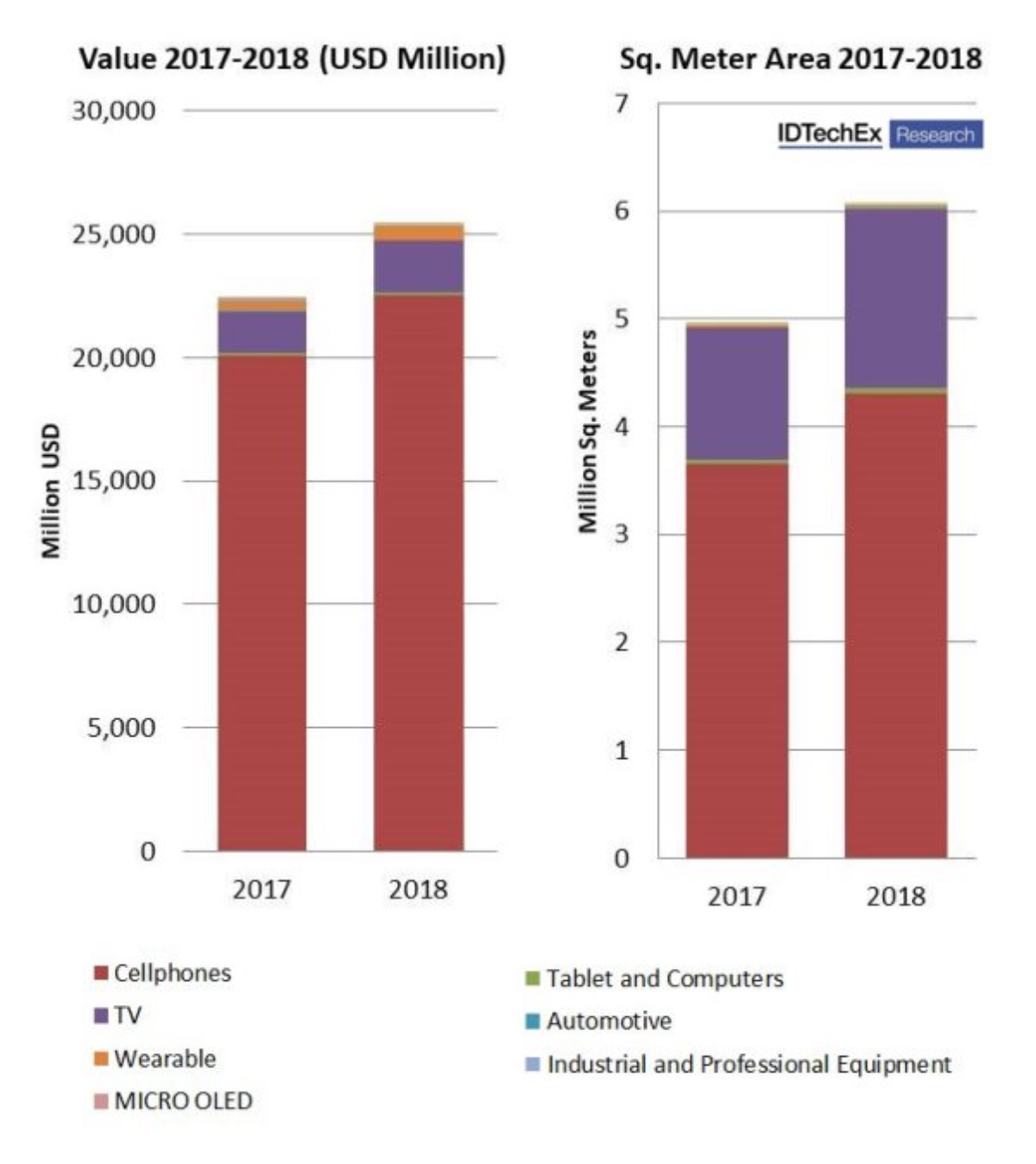The total value of the connected car cloud market will reach $193 million by the end of 2019 and Amazon and Microsoft are leading the way according to ABI Research’s (www.abiresearch.com) Connected Car Cloud Platform Competitive Assessment.
The study finds that Amazon currently leads the connected car cloud platform market in both innovation and implementation. Microsoft took a very close second, with Harman behind in third place. Together, the three account for 70% of the connected car cloud platform market share. HERE leads the market challengers’ group, ahead of Google, in fourth place.
The Connected Car Cloud Platform competitive assessment analyzed and compared the strength of the 11 most prominent connected car platform providers worldwide – Airbiquity, AWS, Continental, Ericsson, Google, Here, Harman, IBM, Microsoft, Mojio, and WirelessCar – using ABI Research’s innovation/implementation criteria framework. For this competitive assessment, innovation criteria were based on investment in Artificial Intelligence/Machine Learning, ease of platform management, scalability, flexibility, and breadth of services offered. Implementation criteria focused on operating regions, organization size, and market share.
“Original equipment manufacturers [OEMs] are searching for highly scalable and stable platforms coupled with specialized solutions using cutting-edge technology from vendors that do not seek to fight them for market share or brand loyalty. None of the analyzed vendors have achieved this yet, although AWS and Microsoft are close. Additionally, perhaps for lack of expertise in software development, some OEMs prefer convenience over excessive customization,” states Maite Bezerra, research analyst at ABI Research.
Amazon and Microsoft tied at the forefront of innovation in the connected car cloud industry. The platforms have equally advanced productivity tools, flexibility, and prompt available AI and machine learning capabilities. Amazon is notable for its embedded reach, with AWS Greengrass (AWS extension to edge devices) and Alexa, which has been implemented in a growing number of vehicles. In third place,
Harman had high innovation scores and stands out for having a deep understanding of the automotive sector that translates into an extensive breadth of unique and disruptive offerings to OEMs. Amazon pushes Microsoft into second place and takes the top spot in implementation largely due to its substantial market share (33.9%) and growth rate of vehicles added to the platform in 2019.
“The company has been extremely successful in its strategy to host platforms that provide more customized solutions, such as Autonomic, which has provided a path toward market leadership. Harman scored second in market share (20.3%) but missed the second position to Microsoft due to the company’s size and market growth in 2019,” Bezerra explains.
HERE ranked in fourth place, in front of Google, standing out for its unique location intelligence offered in a collaborative big data analytics platform. Moreover, HERE established a virtuous cycle allowing optimal data monetization while fostering services development with Open Location Platform (OLP)’s marketplace and workplace. Google did not make it into the top due to lower flexibility and relatively little market traction at present. While the company does offer a connected vehicle platform via its Google Cloud IoT Core solution, Google has concentrated efforts on Android Automotive OS to achieve leadership in the embedded space.
Overall the results showed that Amazon and Microsoft are clear global leaders, followed the distant third, Harman. The companies with higher scores are those able to offer scalable and reliable platforms coupled with specialized solutions. Amazon is a horizontal provider that offers specialization through its partners. In contrast, Harman is a specialized vertical platform that provides scalability by hosting its services on a public cloud. So far, Microsoft is the only vendor able to provide both, although it still lags in specialization in comparison to pure vertical platforms.
“Horizontal and vertical platform providers should seek for partnerships or M&As that can seamlessly couple their main abilities while giving preference to off-the-shelf solutions with a degree of customization to allow differentiation at the OEM level,” Bezerra concludes.




